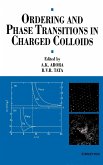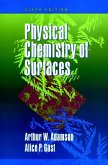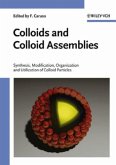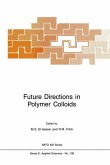Previous experiments have shown that the interaction of colloids as nanoscopic radionuclide carriers with natural mineral surfaces is complex. Thus, the aim of this work was to gain insight into the interaction of negatively charged colloids with natural mineral and rock surfaces. This was accomplished using different surface sensitive methods: sorption experiments were carried out with fluorescing carboxylated latex model colloids and Grimsel granodiorite and its main component minerals (quartz, biotite, muscovite, feldspar, apatite, titanite and additionally sapphire which was used as model for clay minerals and analogous iron phases). Sorption of the colloids was made visible by fluorescence microscopy. By using Scanning Electron Microscope (SEM) and energy-dispersive X-ray analysis (EDX) those mineral phases were identified on which predominant colloid adsorption took place. Atomic Force Microscopy (AFM) force spectroscopy experiments were undertaken to gain insight into colloid-mineral surface binding mechanisms. With this method it was possible to quantify attractive and repulsive forces resulting from the colloid-mineral surface interaction with high sensitivity.
Bitte wählen Sie Ihr Anliegen aus.
Rechnungen
Retourenschein anfordern
Bestellstatus
Storno








